4ms Spectral Multiband Resonator Handleiding
4ms
Niet gecategoriseerd
Spectral Multiband Resonator
Bekijk gratis de handleiding van 4ms Spectral Multiband Resonator (16 pagina’s), behorend tot de categorie Niet gecategoriseerd. Deze gids werd als nuttig beoordeeld door 52 mensen en kreeg gemiddeld 4.9 sterren uit 26.5 reviews. Heb je een vraag over 4ms Spectral Multiband Resonator of wil je andere gebruikers van dit product iets vragen? Stel een vraag
Pagina 1/16

Spectral Multiband Resonator
from 4ms Company
Eurorack Module User Manual v1.0 (July 2015)
The Spectral Multiband Resonator from 4ms Company is a versatile resonant filter with six bandpass
resonators/filters having variable frequency quantized to scales or 1V/oct tracked, and variable Q/resonance.
Stereo inputs/outputs and a host of unique features allows for many uses:
•Create beautiful moving chord structures, quantized to selectable scales
•Process audio like a classic filter bank/EQ
•Pluck/ping/strike to ring like a marimba, gong, or membrane
•Beat-sync to an audio track, triggering modular sounds in sync with original audio
•Vocode, outputting spectral data to a second SMR
•Re-mix tracks
•Harmonize to audio
•Quantize audio to built-in or custom programmed scales
•...and much more
Check 4msCompany.com for updates to the manual

Basic features:
•Six resonator/filter channels
•Variable "Q" (Resonance) ranges from classic band-pass to highly resonant ringing
•Ring of 20 full-color lights displays the channel frequency
•Channel frequencies move about the scale using Rotation and Spread
° Rotation "spins" the frequencies around the scale
° Spread controls the gap between neighboring bands
•Morph creates a variable speed cross-fade when the channels are rotated or spread
•Lock buttons prevent each channel from changing in frequency (resonance can also be locked)
•Freq Nudge knobs create de-tuning effects, or are useful for picking out a precise frequency
•Frequency CV input (1V/octave) for even and odd bands (flip switch selects single or multiple channel control)
•Stereo inputs and outputs stagger the bands into evens/odds for an immersive stereo field
•Spectral content outputs for each channel (Env Out jacks) allow for vocoding (spectral transfer)
° Switch selects Fast or Slow tracking speeds, or trigger outputs
° Trigger output mode fires a trigger when envelope crosses a threshold: useful for extracting a beat from music
•Sliders and CV jacks control each filter's level
•Slew switch applies slew-limiting to the CV level jacks, which prevents clicking from clocks or triggers
•Each bank has 11 scales of 20 frequencies/notes each
•Scale banks for Western, Shrutis (India), Chromatic, Diatonic, Micro-tonal 17-note/octave, Gamelan (Pelog and
Slendro), Bohlen-Pierce 13-note tritave, Wendy Carlos's Alpha and Gamma scales. Both equal tempered and just
intonation tunings
•Rotation/Spread moves about an entire bank, or can be limited to a single scale
•White noise is normalized to the inputs, so the SMR can be used without an external signal
•Settings and LED color scheme can be saved and recalled in multiple banks
Controls and jacks:
•Filter channel level
° Six sliders set the level of each filter
° White light on each slider indicates filter level (flashes for clipping)
° Six CV inputs for level of each filter. (0 to +5V). Slider attenuates CV on jack
•Twenty full-color LEDs indicate which filters are assigned to which channel
° Colors on light ring match colors of Env Out LEDs
° Brightness of each light shows level of each filter
•Resonance (Q)
° Res (Q) CV jack (0 to +5V)
° Knob (offsets CV jack)
•Stereo input and output (divided into even/odd bands)
° Odd input jack and Even output jack serve as Mono in/out
° Clipping LED between IN jacks flickers when input is clipping (about 20Vpp or +/-10V)
•Rotation shifts frequency pattern up or down
° Rotate Clockwise trigger input (2V threshold)
° Rotate Counter-clockwise trigger input (2V threshold)
° Rotate CV jack maps any waveshape to a rotation pattern (0 to +5V)
•Spread sets the interval (spacing) between channels
° Spread CV input jack (0 to +10V)
° Knob (offsets CV value)
•Morph sets speed of cross fading rotating, spreading, or scale selection
° Morph CV input jack (0 to +10V)
° Knob (offsets CV jack)
•Scale CV input jack selects scale from current bank (0 to +5V)
•Six Env Out jacks: CV outputs that follow envelope of frequency content per band
° Fast | Slow switch selects envelope tracking speed, or Trigger output mode
° Pre/Post switch selects whether Env Out jacks track the filter before or after the slider attenuates
° 0 to +8V output
•Six Lock buttons lock the frequency of each channel
° Button is lit when locked
° Rotation, Spread, Freq Nudge, Scale, and Bank will not change when locked
° Turning Q knob while holding a lock button also locks the Q value (button flashes to indicate Q-lock)
° Lock jack: locks/unlocks even or odd channels when triggered (2V threshold)
•Freq jacks: 1V/oct frequency input jacks for even and odd channels (10 octave range, 0 to +10V)
•135 | 1 switch selects if Freq jack, Freq Nudge knob, and Lock jack control all odd channels (1/3/5) or just channel 1
•246 | 6 switch selects if Freq jack, Freq Nudge knob, and Lock jack control all even channels (2/4/6) or just channel 6
•Slew switch enables slew-limiting of incoming CV on the level CV jacks (click and pop prevention)
° Amount of slew limiting is proportional to Morph setting at the time the switch is flipped on.
•Scale Rotation switch enables channels to rotate into the next/previous scale each time they rotate fully around
Note: The active voltage range for each jack is given. All jacks are tolerant of signals from -12V to +12V, but signals outside
the active range are clipped to the active range. For example, on a jack with an active range of 0 to +5V, a voltage of -4V is
seen by the SMR as 0V, and +8V is seen as +5V.
2

Advanced features:
•Program your own scale:
°The frequency of each of the 20 notes can be assigned by setting the octave, the semi-tone, and coarse and fine
micro-tone.
°Up to 11 scales can be saved permanently in the user bank
•Adjust color scheme of the lights:
°Pick a pre-programmed color scheme or create your own using the sliders to set red/green/blue values.
°Custom color schemes can be saved permanently
•Save your settings in one of six Settings Slots.
°Note position, scale and bank selection, Q value, lock settings and color scheme can be saved and recalled on the
fly.
°On startup, the SMR loads settings from the last saved bank.
•Optional alternative filter type
°More exponential decay and different timbral qualities when plucked.
°Freq jacks no longer track 1V/oct in this mode
•Slider LEDs can be selected to display clipping and level, or just level
•Firmware can be updated by playing encoded audio files from a computer into the SMR
Specifications
•26 HP Eurorack format module
•16-to-16pin eurorack power cable (included)
•0.95” (24mm) maximum depth
•Power consumption:
◦+12V rail:
▪86mA max (jumper set to 5V)
▪110mA max (jumper set to 12V)
◦-12V rail: 28mA max
◦+5V rail:
▪25mA (jumper set to 5V)
▪0mA (not used when jumper set to 12V)
Jumper
VSEL jumper: +5V VSEL jumper: +12V
Most modern modular power supplies provide power on the +5V rail. It's recommended to use the +5V rail when available. If
your system does not provide +5V, or if your +5V rail is noisy, the SMR can be set to generate its own +5V from the +12V rail
by moving the jumper to +12V as shown above.
3
Product specificaties
| Merk: | 4ms |
| Categorie: | Niet gecategoriseerd |
| Model: | Spectral Multiband Resonator |
Heb je hulp nodig?
Als je hulp nodig hebt met 4ms Spectral Multiband Resonator stel dan hieronder een vraag en andere gebruikers zullen je antwoorden
Handleiding Niet gecategoriseerd 4ms
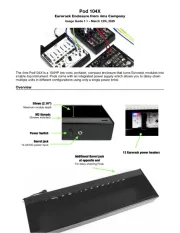
2 Augustus 2025

4 Mei 2024

3 Augustus 2023

3 Augustus 2023

24 Juni 2023

16 Juni 2023

16 Juni 2023

2 Juni 2023

19 Mei 2023

15 Mei 2023
Handleiding Niet gecategoriseerd
- IFi Audio
- Digigram
- Acer
- Lindy
- Artsound
- Café
- Valore
- Corel
- Pivo
- ModeCom
- SmartGyro
- Tube-Tech
- Pgytech
- LISEN
- Propellerhead
Nieuwste handleidingen voor Niet gecategoriseerd
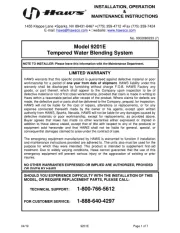
16 September 2025
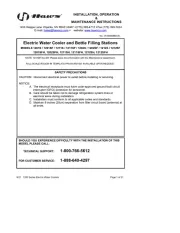
16 September 2025
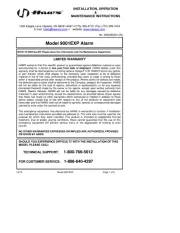
16 September 2025

16 September 2025
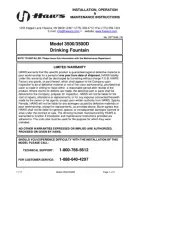
16 September 2025
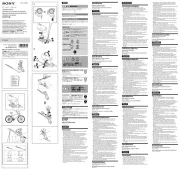
16 September 2025
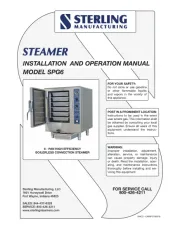
16 September 2025
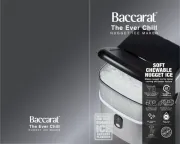
16 September 2025
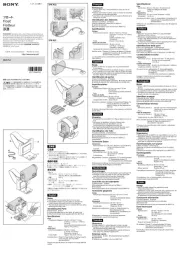
16 September 2025
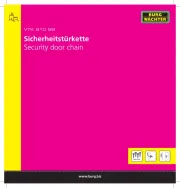
16 September 2025